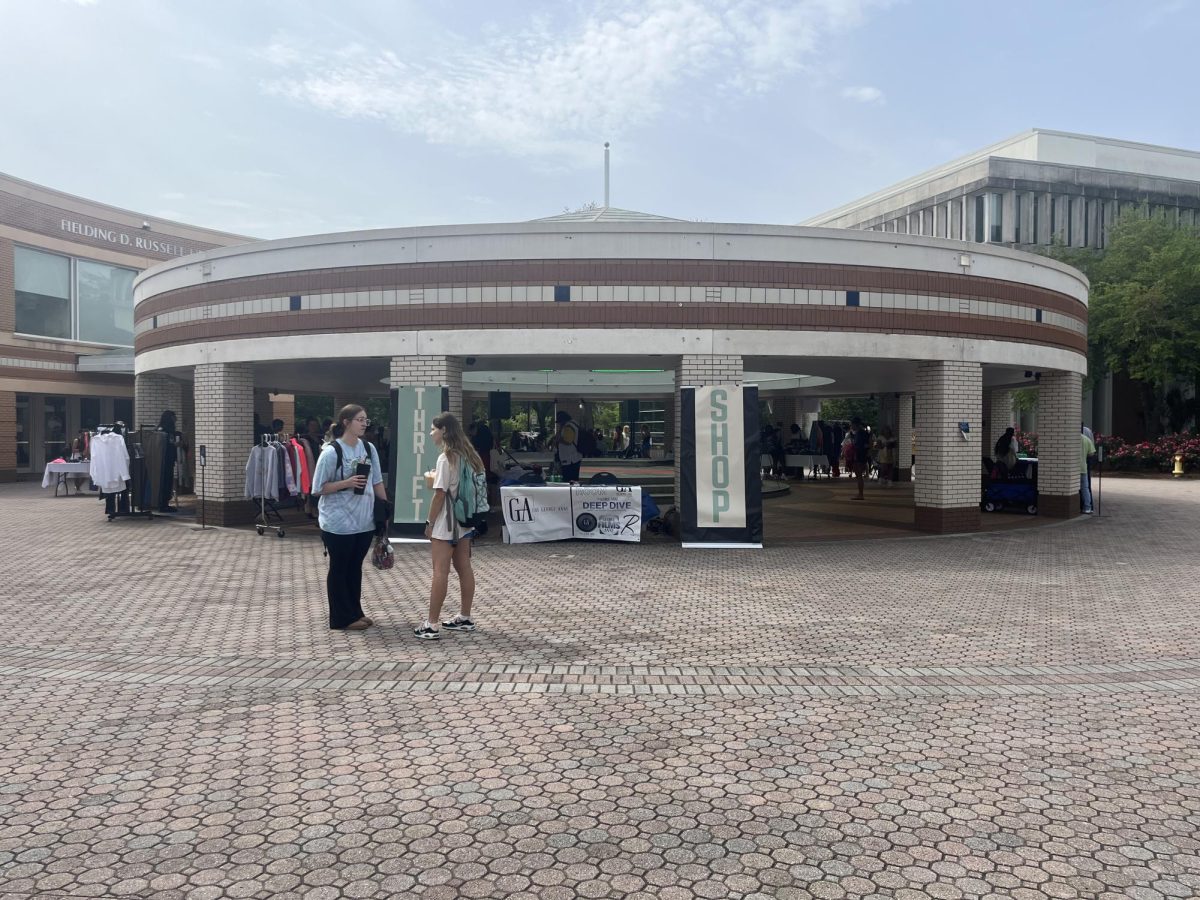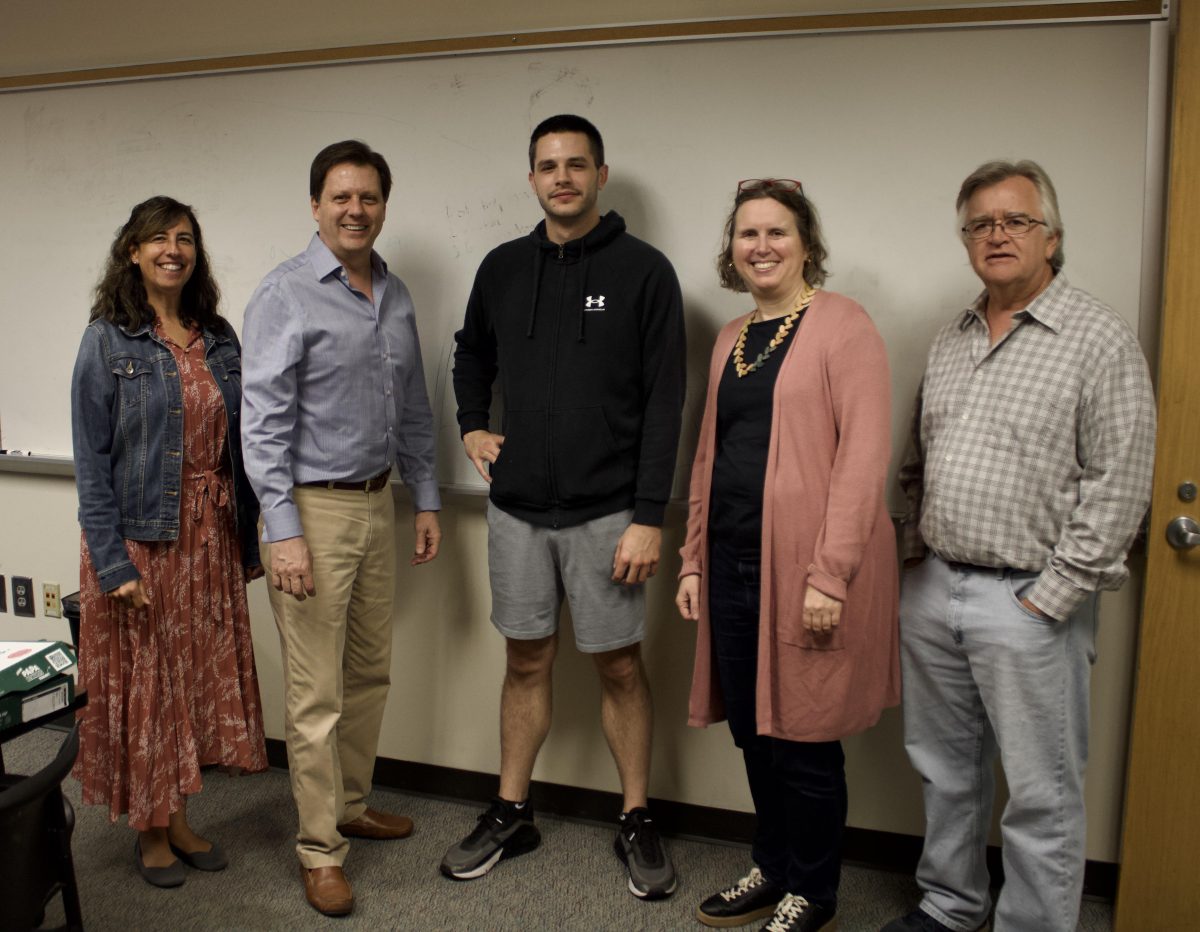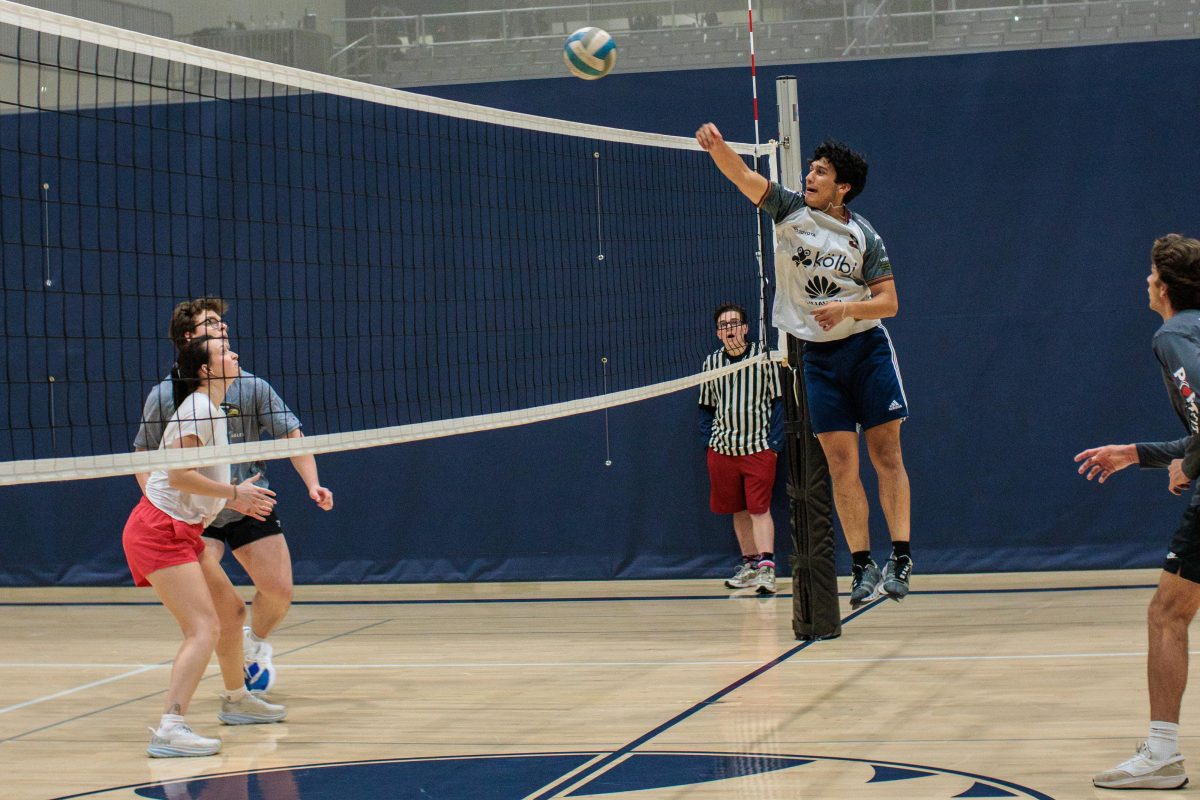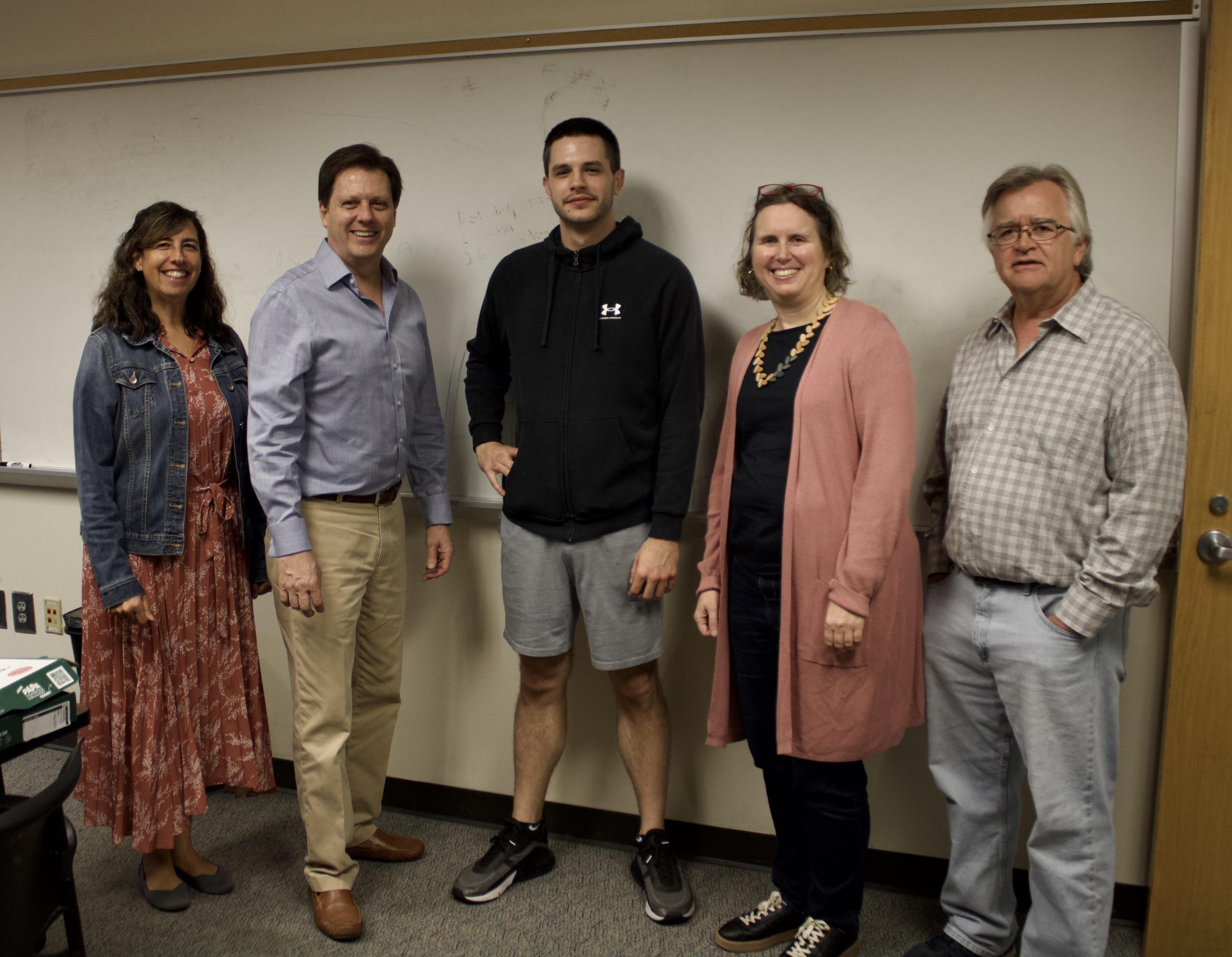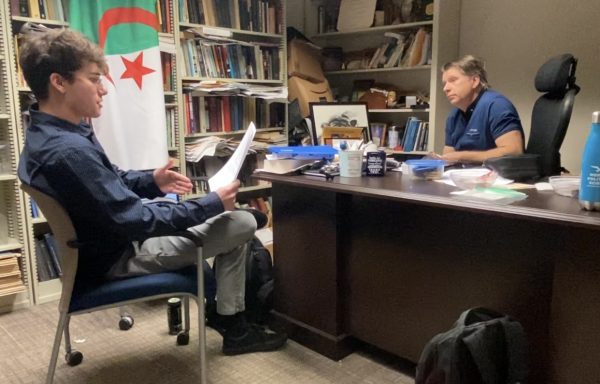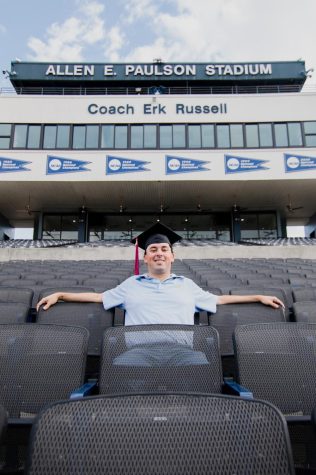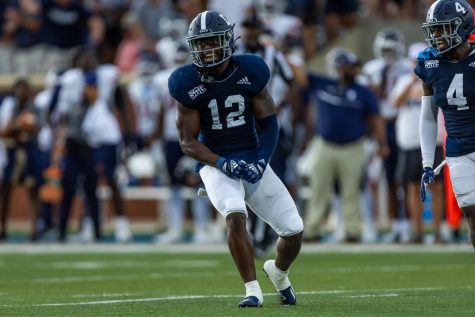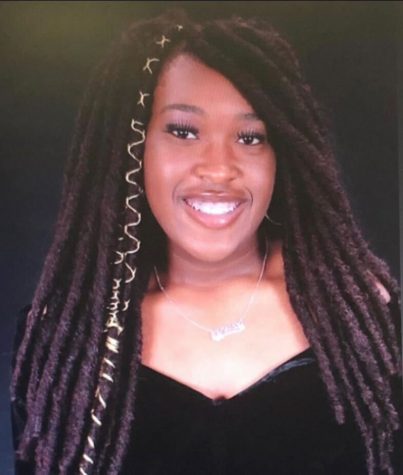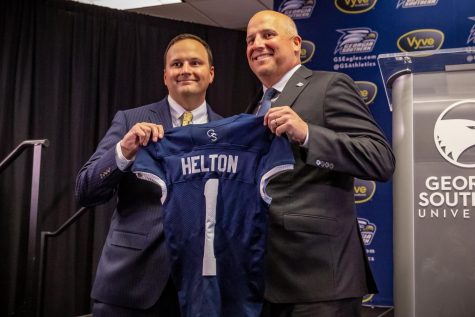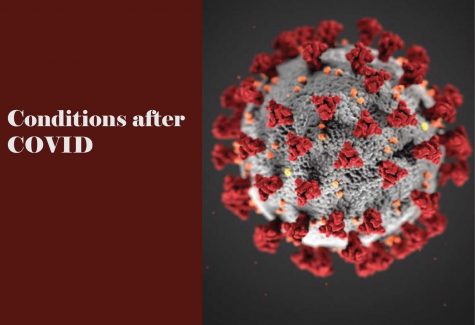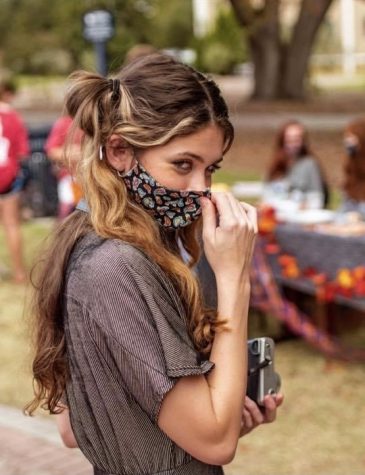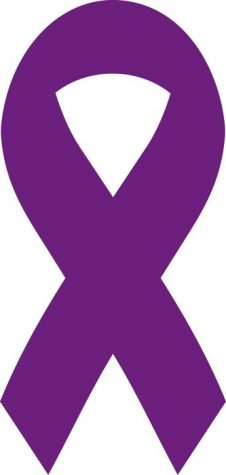In defense of pride
September 19, 2013
The White House has deemed June to be National LGBT Pride Month, yet most pride festivities south of the Mason-Dixon still take place in the autumn months. The decision to postpone our Pride celebrations has a lot to do with good ol’ fashioned Southern sensibility: We know good and well that no one – be it you, me or Queen Beyoncé herself – looks good with aerosol glitter melting off of her in 100 degree June heat. Acknowledging that the only hot we’d be is hot mess, we forego the party for a few months in order to spare ourselves a bit of dignity.
Yet “dignity” is not a word that typically comes to mind when one thinks of pride. The most common imagery associated with the holiday includes but is certainly not limited to: boys kissing boys, girls kissing girls, banana hammocked boys and topless girls; the rainbows are a given. Because of pride’s inherently natural debauchery, I’ve heard many people, queer and straight alike, ask, “If you’re vying for equal rights, why go out in the streets and flaunt how different you are?” If you’re LGBT, you’ve probably been on the receiving end of this question at some point, too.
Now, there are three ways to address this question. You could sassily remind the inquirer that straight pride transpires every day of every week at the bars that cling to the perimeter of University Plaza. Our few humble weekends of Gay Pride each year pale in comparison. Alternately, you could drop some knowledge.
25 years ago, the AIDS epidemic was at its height. Reagan’s administration had yet to acknowledge the disease’s existence, let alone its staggering death toll within the gay community. The only way to get attention was to highlight our differences, to make the LGBT community so unavoidable that our issues had to be addressed. Art critic Douglas Crimp created posters of gay and lesbian couples kissing which had the words “READ MY LIPS” transposed over them. These were then plastered over every possible surface in metropolitan areas. Queer people began staging kiss-ins in hospital waiting rooms and Food and Drug Administration meetings. Gay men were flaunting their differences as if their lives depended upon it; because they did. Two and a half decades later, pride is as much of a statement as it is a celebration. We’ll never be anything but different, but being different will always be superior to being invisible.
As for the third and final response to why we flaunt, well, that’s easy. To quote the 21st century philosopher Beyoncé Knowles-Carter: We’ve got it.

